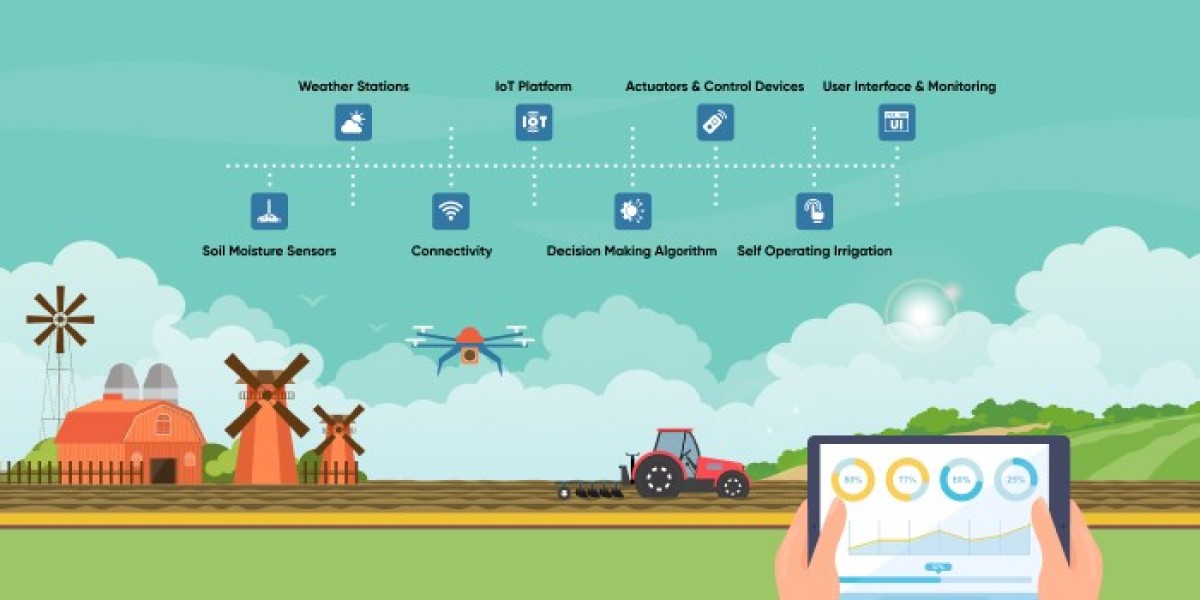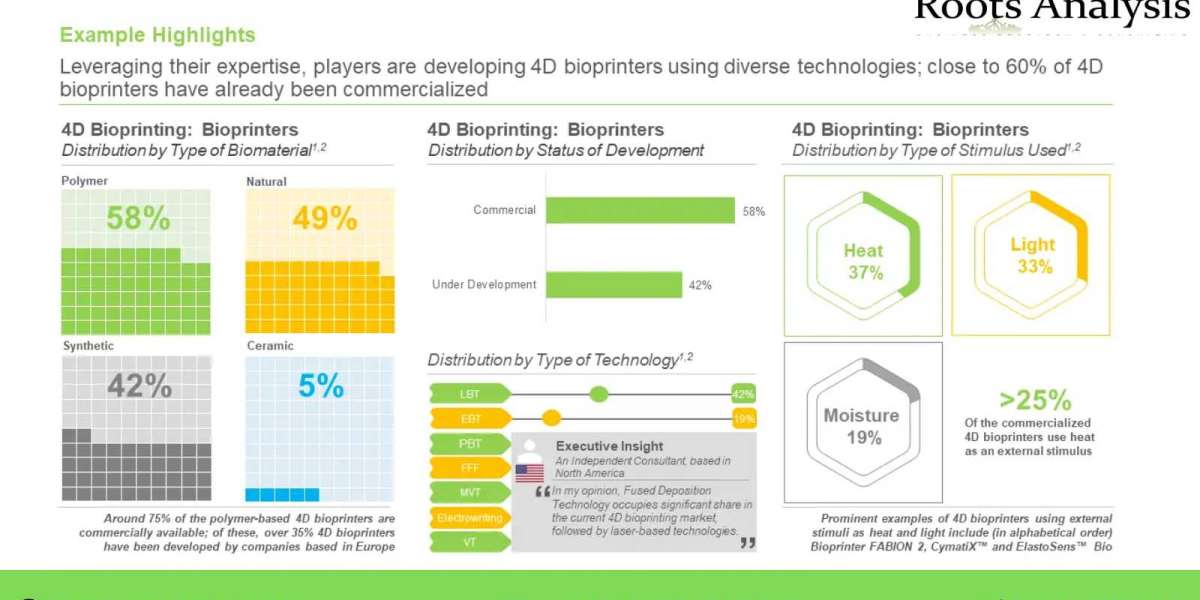In recent years, the agricultural sector has seen a significant shift toward technological advancements. Among these innovations, the smart irrigation system using IoT has emerged as a game-changer. With the increasing demand for sustainable practices and efficient water usage, this technology offers a perfect solution for farmers to optimize water resources and improve crop yields.
What Is a Smart Irrigation System Using IoT?
A smart irrigation system integrates IoT (Internet of Things) devices and sensors to automate and manage water usage efficiently. By monitoring soil moisture, weather conditions, and crop requirements in real time, this system ensures water is delivered precisely when and where it is needed. This not only conserves water but also enhances crop health.
Key components of a smart irrigation system include:
IoT sensors to monitor soil moisture, temperature, and humidity.
Weather forecasting tools to predict rainfall and temperature.
Automated water valves controlled through mobile apps or dashboards.
Cloud-based platforms for real-time data analysis.
Benefits of Smart Irrigation Systems
1. Water Conservation
Efficient water usage is a primary benefit of these systems. By utilizing sensors and real-time data, unnecessary water wastage is eliminated, contributing to smart water management practices.
2. Improved Crop Yield
With precise irrigation, crops receive adequate water, ensuring better growth and productivity. Farmers can also detect soil deficiencies early, reducing the risk of crop failure.
3. Cost-Effective Solution
Although the initial setup cost may seem high, the long-term savings on water bills and increased crop yields make it a cost-effective investment.
4. Real-Time Monitoring
Farmers can monitor their fields remotely through IoT-based systems, making farm management easier and more efficient. This level of IoT monitoring allows for quick decision-making and better resource allocation.
Applications in Agriculture
1. Drip Irrigation
Smart systems optimize water delivery in drip irrigation, ensuring every drop reaches the plant roots without wastage.
2. Sprinkler Systems
By integrating IoT sensors, sprinkler systems can be automated to operate only when required, based on weather and soil conditions.
3. Precision Farming
Smart irrigation is a cornerstone of precision farming, where every aspect of farming—from planting to harvesting—is data-driven.
Data Collection Sensors placed in the soil collect data on moisture levels, temperature, and other environmental factors.
Data Analysis The collected data is sent to cloud-based platforms for analysis. Advanced algorithms determine when irrigation is necessary.
Automation Based on the analysis, water valves are activated to provide precise irrigation. Farmers can also control the system manually using mobile apps.
Role of IoT in Smart Irrigation Systems
IoT plays a pivotal role in transforming traditional irrigation systems into smart ones. By connecting devices and sensors through the internet, IoT enables seamless communication between different components of the irrigation system. This connectivity ensures efficient water management and better decision-making.
Additionally, IoT devices can be integrated with smart water meters, which help track water consumption accurately, further enhancing resource management.
Challenges and Solutions
Challenge 1: High Initial Cost
The setup cost of a smart irrigation system can be a barrier for small-scale farmers.
Solution: Government subsidies and financial incentives can make the technology more accessible.
Challenge 2: Connectivity Issues
Remote areas may face internet connectivity challenges, hindering IoT device functionality.
Solution: Implementing satellite-based communication systems can ensure uninterrupted data transmission.
Challenge 3: Technical Expertise
Farmers may lack the technical knowledge required to operate smart systems.
Solution: Conducting training programs and providing user-friendly interfaces can bridge this gap.
Future of Smart Irrigation
The future of agriculture lies in the widespread adoption of technologies like smart irrigation systems using IoT. With advancements in AI and machine learning, these systems will become more intuitive and efficient. Moreover, integrating smart irrigation with smart water management systems will pave the way for a sustainable agricultural ecosystem.
Conclusion
A smart irrigation system using IoT is more than just a technological innovation; it is a necessity for modern agriculture. By conserving water, improving crop yields, and enabling remote monitoring, this system addresses the critical challenges faced by farmers today. As technology evolves, the integration of IoT monitoring and smart water meters will further enhance its capabilities, ensuring a sustainable and productive future for agriculture.



